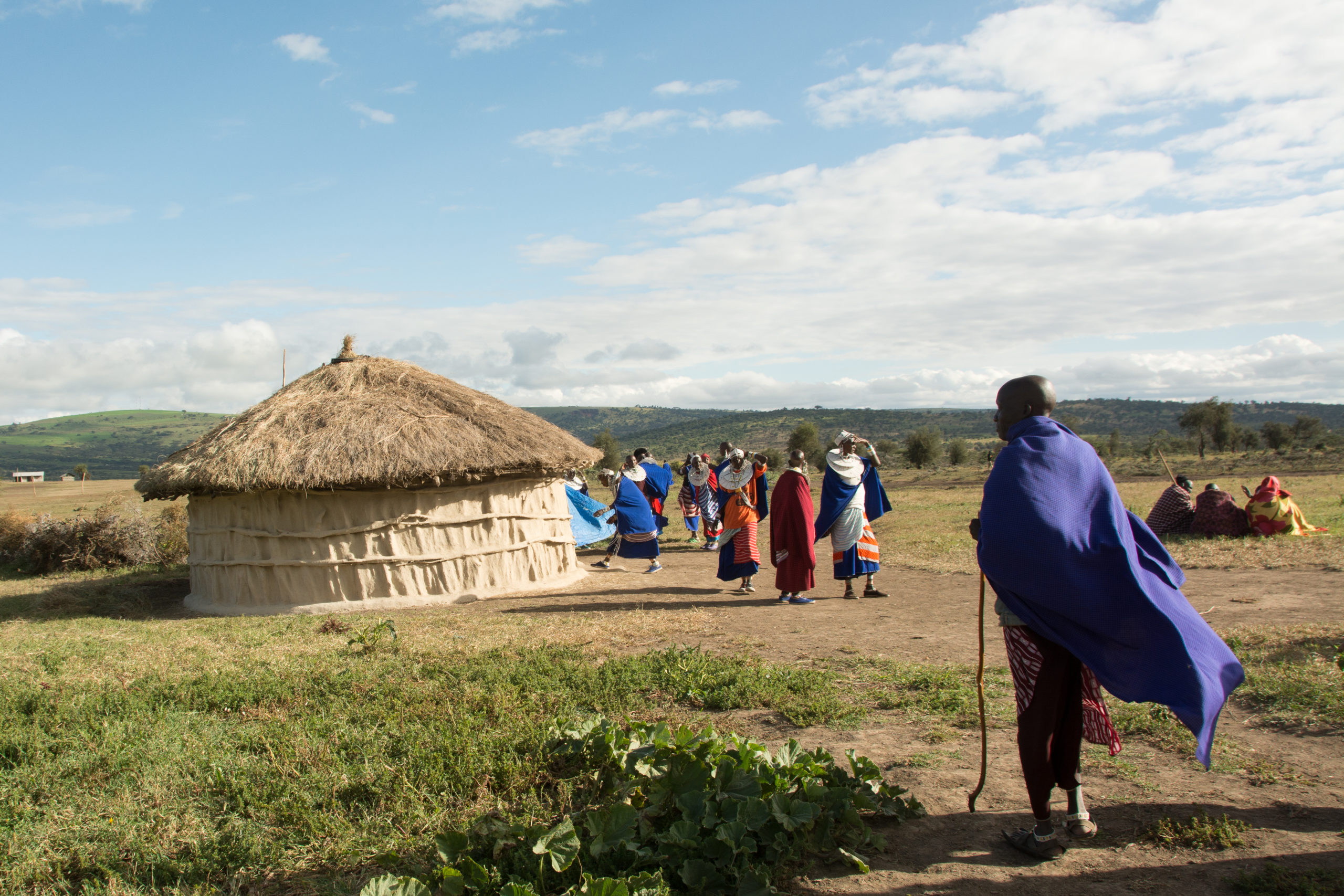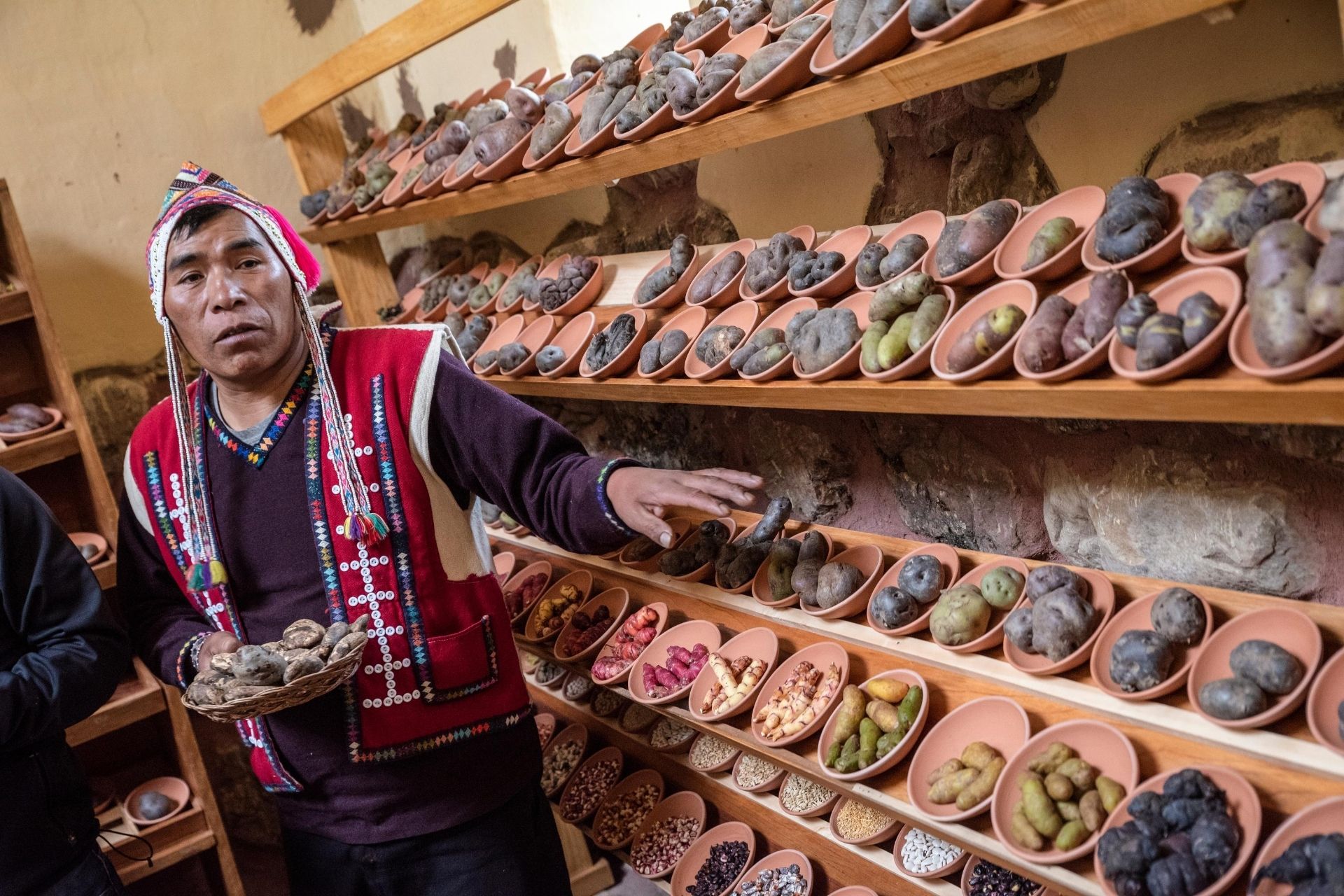It is undeniable that we find ourselves in the midst of a climate and biodiversity crisis. You may have seen it in the news or even sensed it in your surroundings – the intensifying extreme weather and the alarming decline in biodiversity are threatening our planet profoundly.
The responsibility for this situation is mainly a result of human actions or, in many cases, inaction.
It is a paradox, however, that those contributing the least to climate emissions are among the hardest hit by its consequences. Indigenous Peoples across the globe have nurtured an intimate bond with nature for centuries, fostering deep connections to the land, water, and ecosystems that are integral to their cultures, languages, and livelihoods. Unfortunately, this connection also makes them highly vulnerable to the harsh impacts of environmental shifts.
In a world struggling with the monumental challenges of climate change and environmental degradation, our focus must shift towards Indigenous communities.

If we aspire to transform our relationship with the land and deepen our connection with the natural world, embracing Indigenous Peoples’ wisdom is imperative. Eva Müller, Director of the Forestry Policy and Resources Division at the UN’s Food and Agriculture Organization, rightly emphasizes that the empowerment of these communities, coupled with their deep-rooted knowledge and forward-thinking strategies, is vital for the survival of future generations – both human and wildlife.
Indigenous Peoples are at the forefront of nature protection and biodiversity conservation. At Planeterra, we firmly believe that their insights must be acknowledged and that we must observe and learn from their ways of life.
In recent months, we’ve been working on the implementation of our Global Climate & Biodiversity Initiative, aimed at supporting our community tourism enterprise partners, including Indigenous communities, to innovate new and existing solutions to the crisis with the goal of improving their adaptability and resilience to the impacts of climate change. Learn more about this initiative, here.
Embedded within our Global Climate & Biodiversity Initiative is the understanding that the tourism sector has a significant role to play in addressing this unprecedented crisis. Therefore, we are proud to have signed the Glasgow Declaration on Climate Action in Tourism, as it aligns with our vision of how tourism should be and our commitment to doing right by the communities and community tourism enterprises that we partner with.
We will provide further insights into our work regarding this global initiative in the coming months, but in the meantime, we wanted to share an example of one of our Indigenous-led community partners who showcases how tourism can be a powerful tool to support Indigenous communities, safeguard their heritage, and champion environmental conservation.
Parque de la Papa
 Pampallacta, Peru.
Pampallacta, Peru.
For centuries, potatoes have held a cherished place in the hearts and fields of the Andes’ Indigenous communities. Parque de la Papa, established in 2006, stands as a haven of agrobiodiversity, safeguarding an impressive array of potato types (approximately 1,300) along with other Indigenous Andean crops in Peru.
One of the remarkable aspects of Parque de la Papa lies in its role as the guardian of ancestral agricultural practices and wisdom passed down through generations. Their sustainable farming techniques and profound environmental insights are pivotal in maintaining the delicate equilibrium between agriculture and nature.
Thanks to support from both local and global entities, Parque de la Papa has woven agro-tourism programs and community micro-enterprises into its fabric. As a result, the reserve has become a center for cultural exchange and education where visitors have the opportunity to get a taste of the rich Andean culture, learn about traditional planting and harvesting techniques, and experience the warmth of the local community.
The benefits derived from tourism are distributed among the local communities for investment in social projects, including improvements to community centers, training on potato conservation and sustainable agrobiodiversity use, women’s empowerment, local rights, and reinforcing traditional community rights systems concerning local bio-cultural resources, and more.

Recognizing its profound importance, the Peruvian government designated Parque de la Papa as an Agrobiodiversity zone. This recognition highlights the significance of its conservation work and provides valuable support for the community’s endeavor to protect their agricultural heritage and maintain their way of life in harmony with nature.
Examples like Parque de la Papa showcase how Indigenous communities in Peru and worldwide remain essential in protecting biodiversity and advocating for sustainable practices that have positive impacts on both people and the planet.
They also demonstrate the importance of strong partnerships between Indigenous communities, governments, non-governmental organizations, and responsible travel operators in developing tourism initiatives that empower Indigenous Peoples while safeguarding their cultural integrity and environment.
By actively participating in responsible tourism ventures, Indigenous communities gain access to alternative income sources. At the same time, tourism helps ensure the transmission of their traditions to future generations.
Moreover, tourism presents itself as an opportunity to raise awareness among travelers and inspire them to reflect on the impact of their everyday choices and the potential for positive global change through individual actions.
Sources referenced:
- Indigenous Peoples and climate Change in the Andes: An Indigenous Perspective on a Global Problem.
- Indigenous people and nature: a tradition of conservation.
- Custodians of Knowledge: 5 Reasons Indigenous Peoples Hold the Key to Our Planet’s Future.
- An Indigenous peoples’ approach to climate justice.
- Indigenous Peoples are protecting biodiversity, one harvest at a time.
- Indigenous People’s Knowledge, Insight Needed to Address Global Climate Crisis, Speakers Stress, as Permanent Forum Opens Session.
- Devastating rights violations against Indigenous people must end.
- Indigenous Peoples defend a precious natural resource- empowering them protects us all.
- Indigenous Knowledges and Climate Change.
- World Bank (2003). Implementation of operational directive 4.20 on indigenous peoples: an independent desk review, World Bank, Washington, DC.
Other interesting reads:
- Indigenous campaign for nature and territory
- Indigenous and local communities see big gains in land rights, study shows.
- Indigenous land rights key to curbing deforestation and restoring lands: Study
- COP15: The clash between indigenous rights and nature preservation.
- Indigenous women record age-old knowledge of bees in Colombia’s Amazon.
- The world’s healthiest forests are on Indigenous land. Here’s why.
- Indigenous funding model is a win-win for ecosystems and local economies in Canada.
- Hawaiian communities restore Indigenous conservation, from mountains to sea.


Post a comment